Flexible solar modules super light with Maxeon solar cells
620 g of packed solar energy
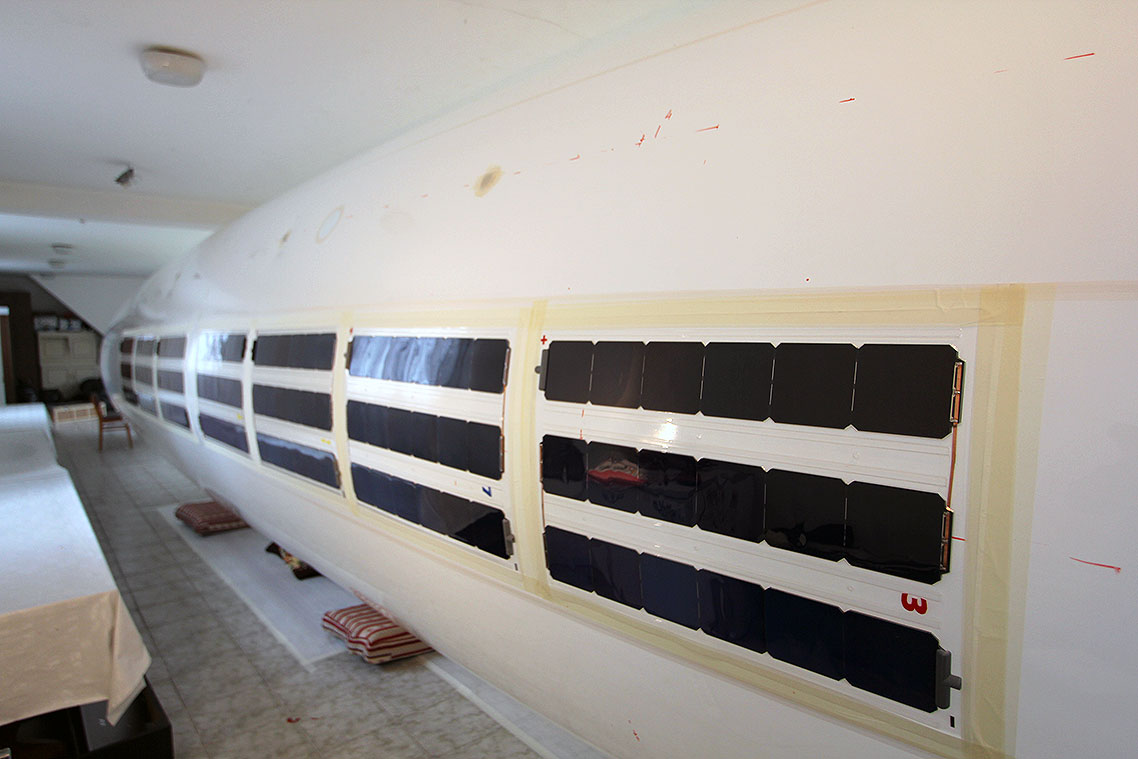
Flexible, long-lasting, waterproof and easy to install
When we started the Trans-Atlantic Solar Blimp project a few years ago, we realized that there were not enough strong and at the same time light solar modules specifically designed for Blimps or LTA technology in general. We searched the entire global market and the conclusion was that we have to develop them ourselves.
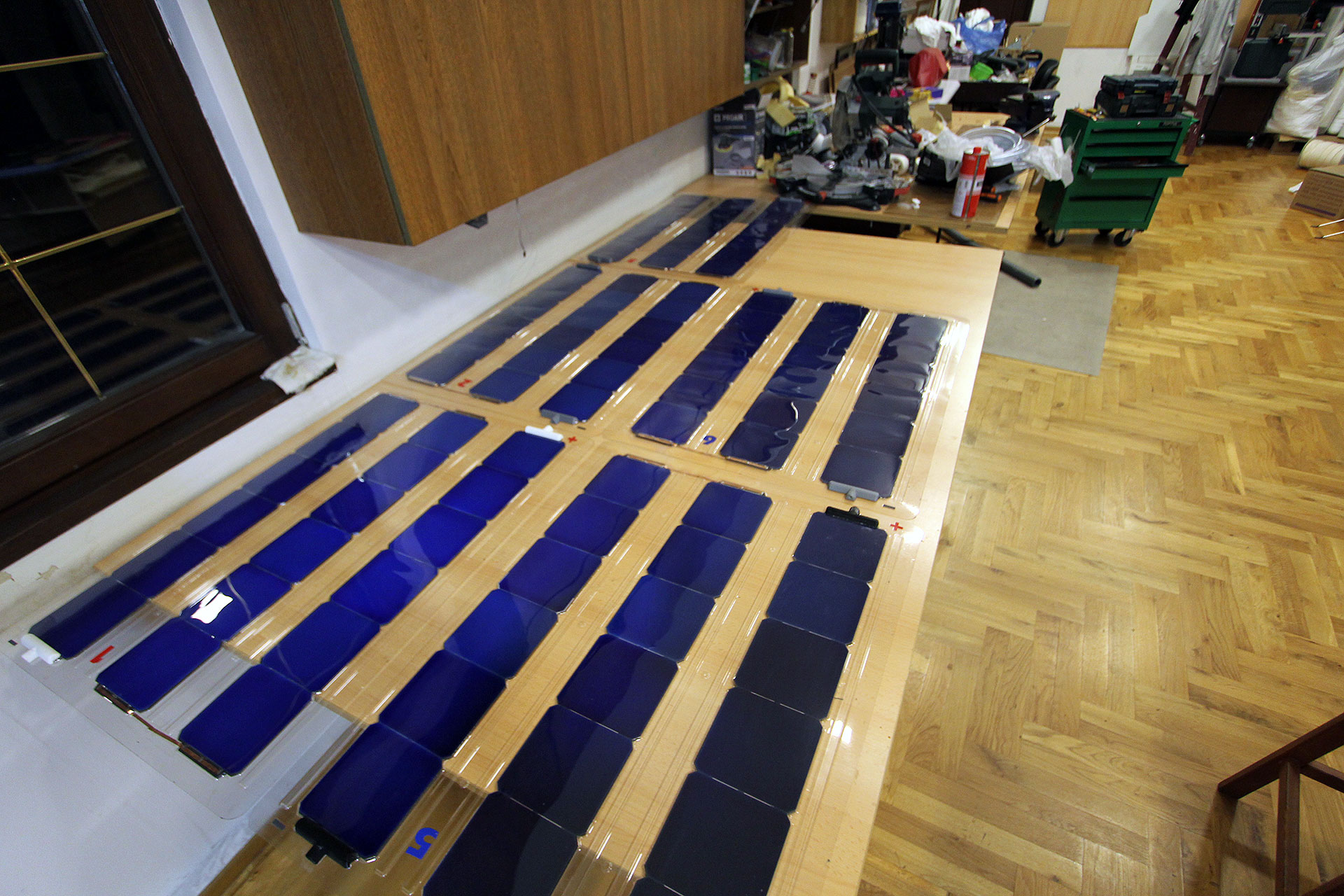
The same situation was with the problem of energy control/distribution. In other words, how to distribute the energy obtained from solar cells. As the energy, due to the stability of the voltage, must come from the batteries in order to have a stable and constant voltage and current strength (V and A). So, in addition to the development of flexible modules, we also had to develop an intelligent device for energy distribution.
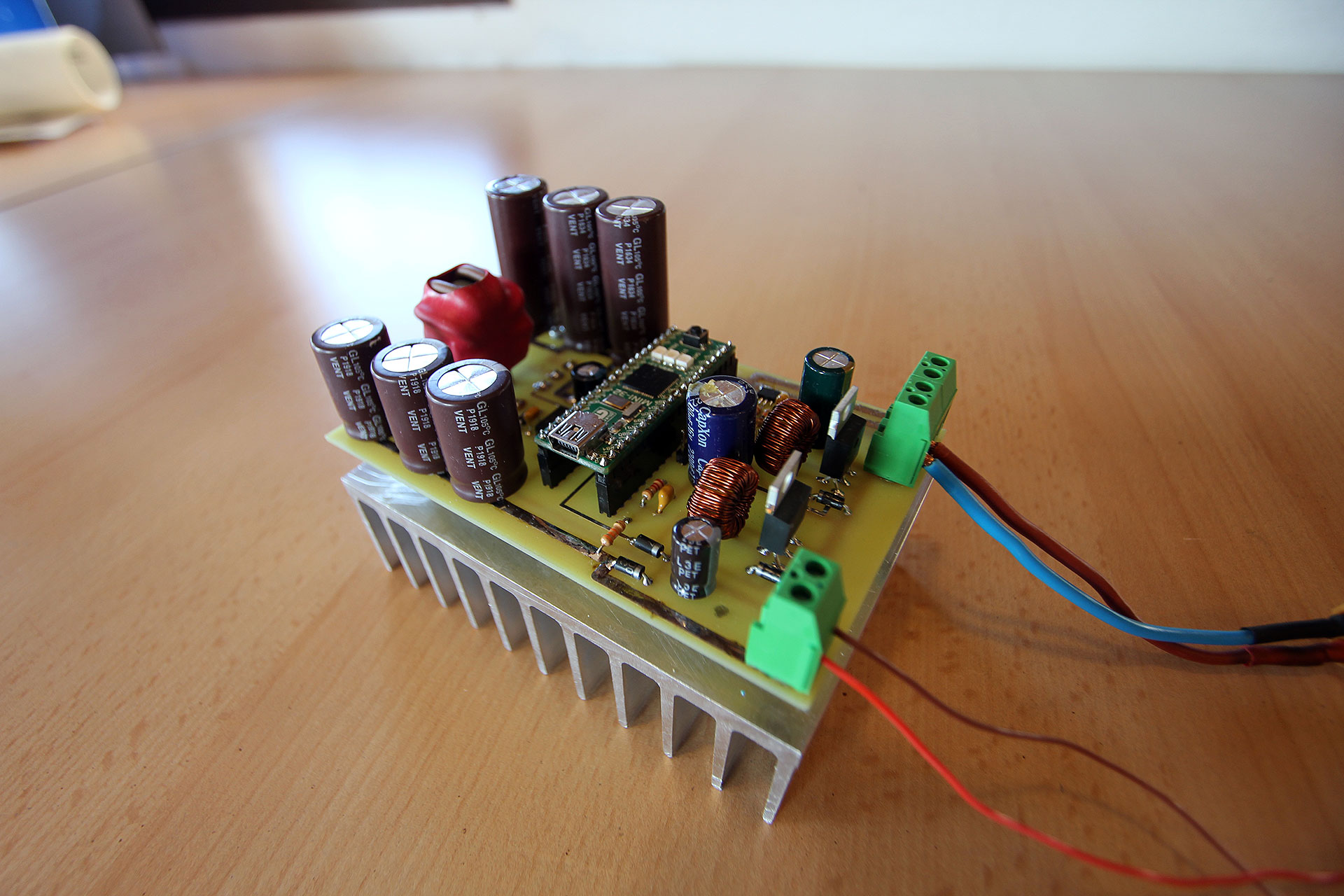
Through development, numerous trials and failures, we have arrived at flexible solar cells that have the following characteristics:
- 620 g per module with connectors (18 cells)
- SunPower Maxeon Gen III or newer
- 18 Cells per module
- Top Module Protective layer PET thermoformed
- Number of cell rows 3 or 2 (3 x 6 or 3 x 9)
- Cells Connection method Serial
- Peak power and A 12.5 + V and over 6 A
- Cells base (back protective layers) Eva foam + Pressphan + 0.5 mm Clear PVC
- Water proof
- Out jacks + and – Banana Bullet Plug Connectors 3.5 mm
- Attachment system on envelope Airelease PVC white (50 mm bands)
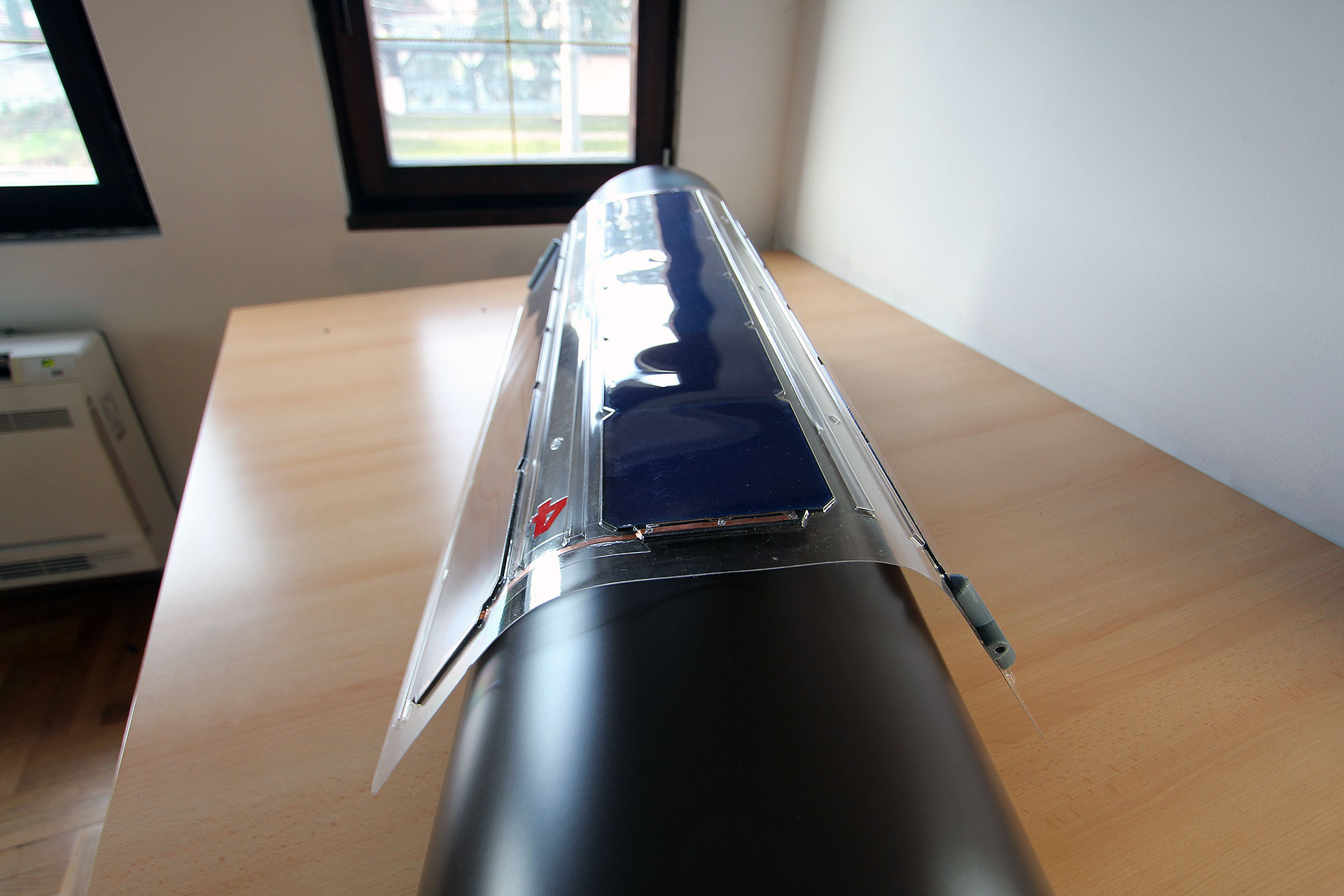
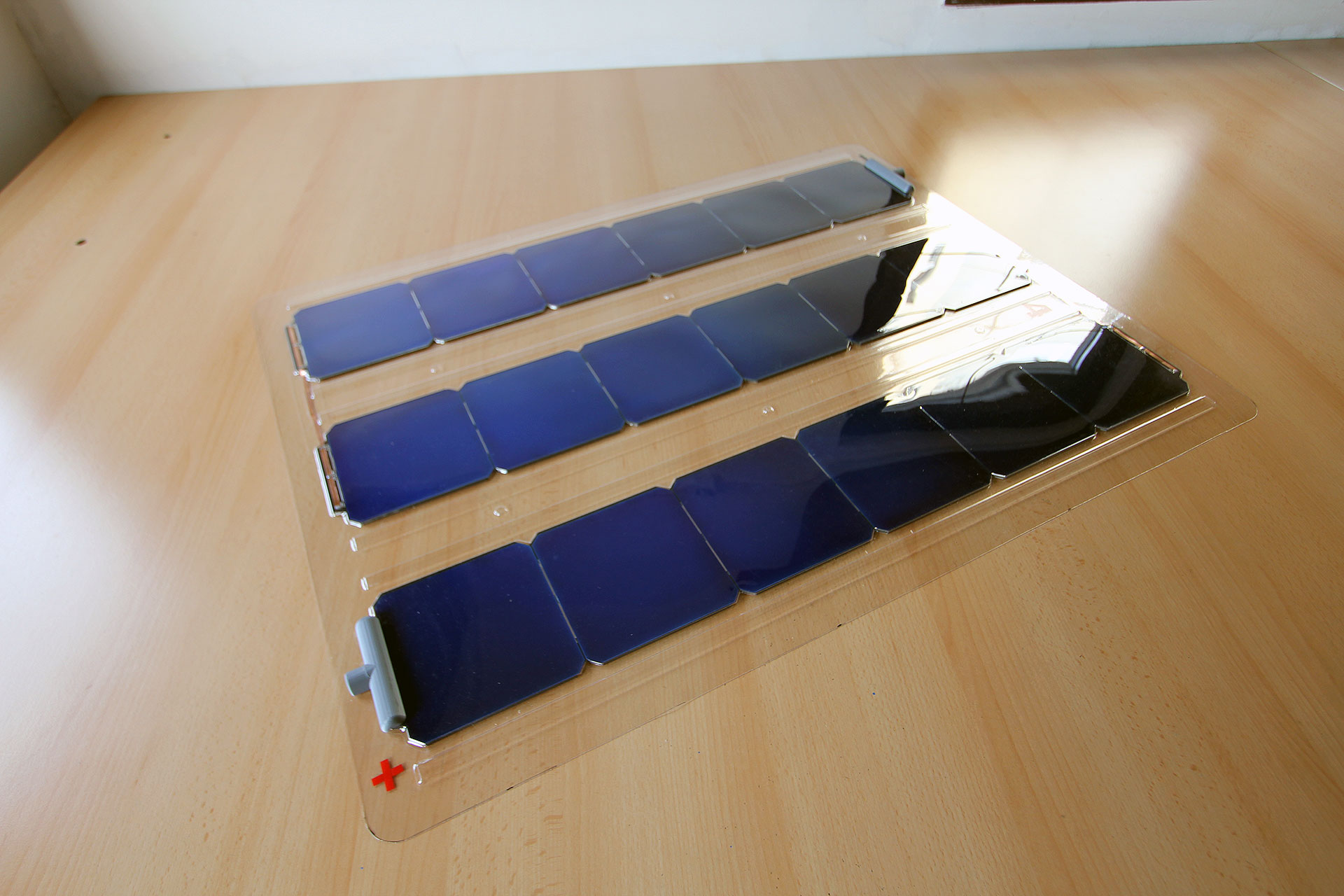
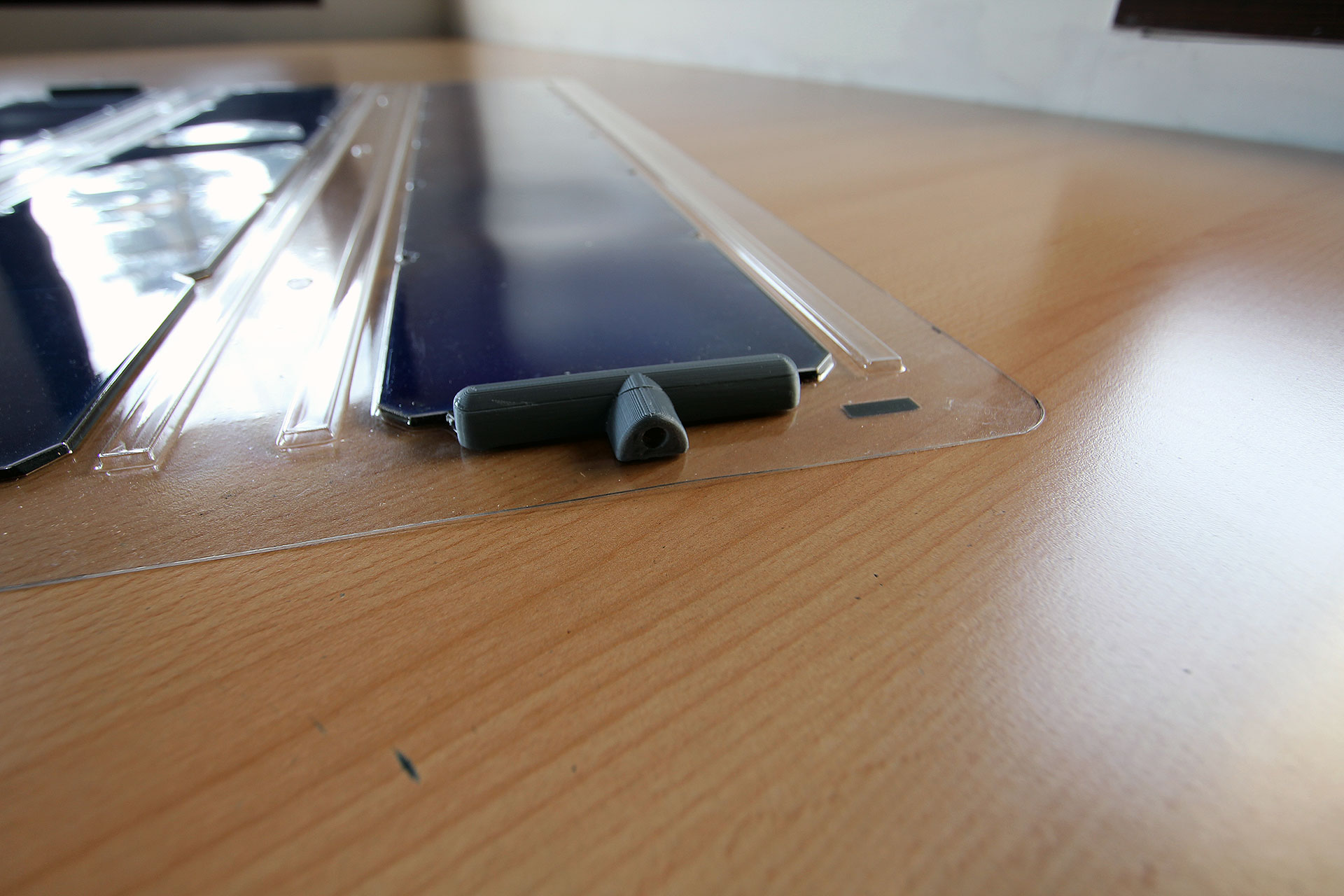
Reduced energy consumption
Thanks to the previous work on the T-Blimp, the results showed us that placing the main engine in the horizontal axis of the blimp has the best energy transfer with the least losses
Higher maneuverability
Since the resulting design is the largest possible distance between the drive motor and the control surfaces, the minimum displacement of the aileron strongly deflects the UniBlimp in 3D space
Longer autonomy
As a result of all the radical changes (relocating the engine to the nose, large distance between the engine and the stabilizer, and a radical reduction of the necessary electronics and components,...) we got a far greater flight autonomy than with the classic Blimp design.